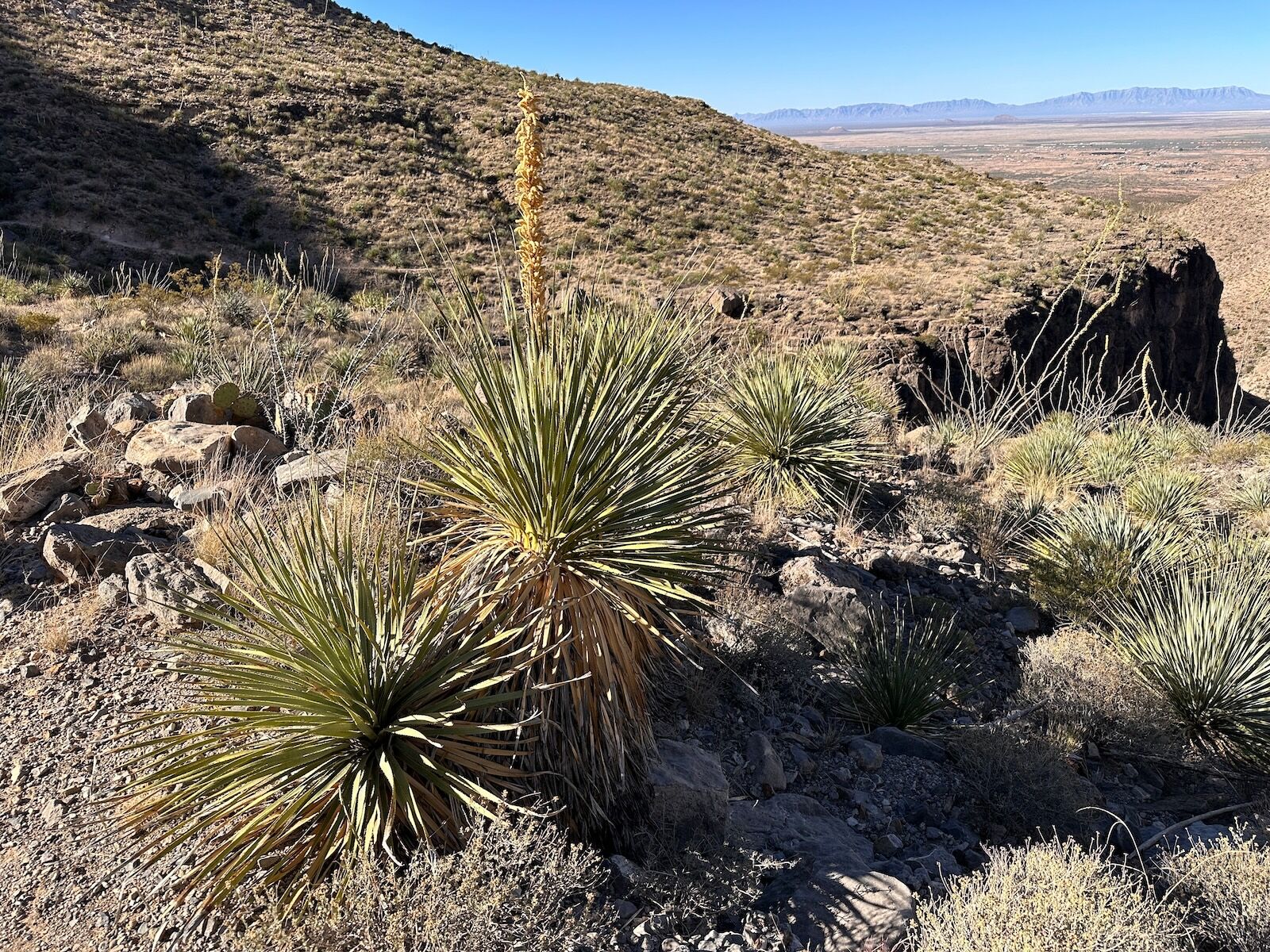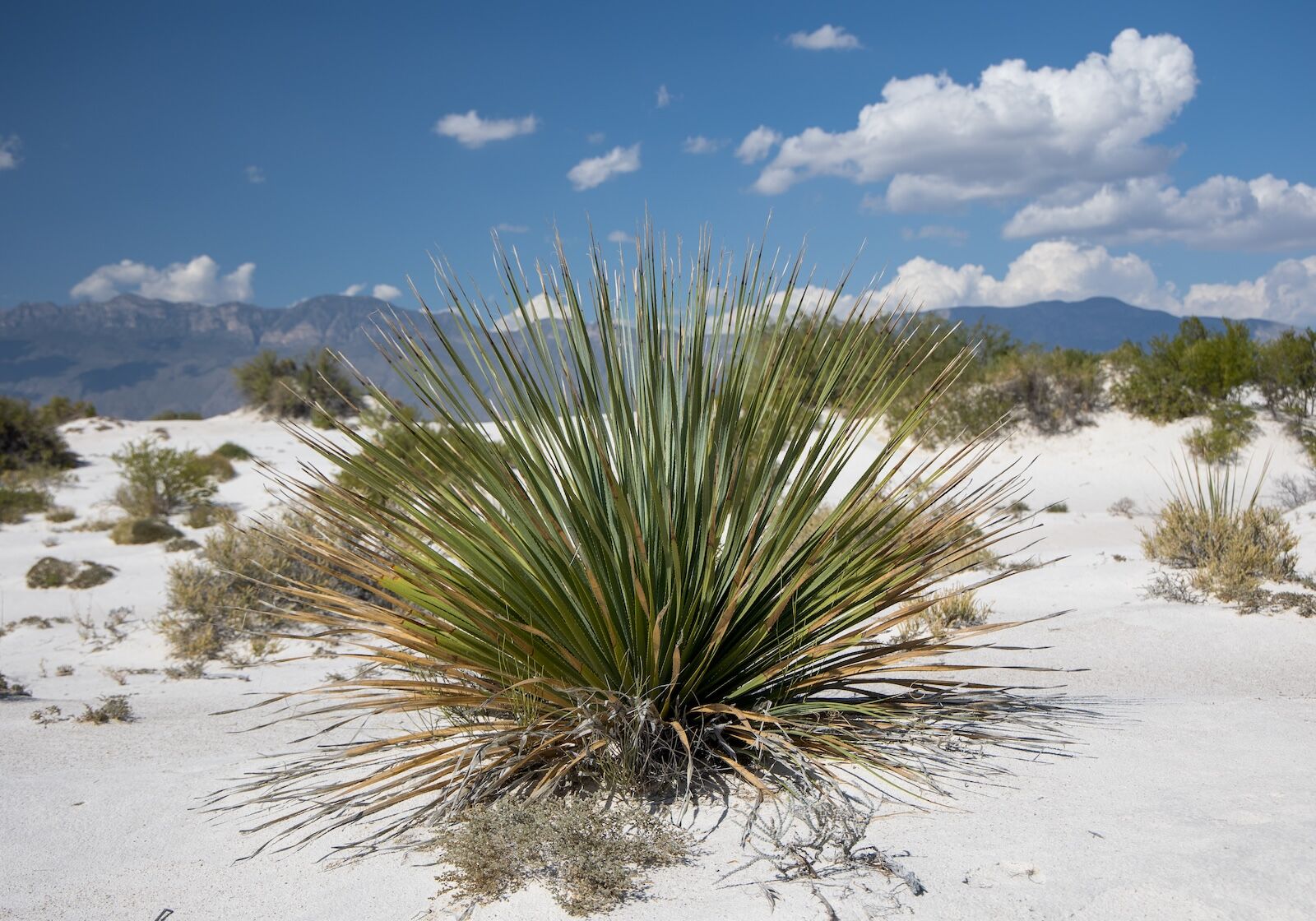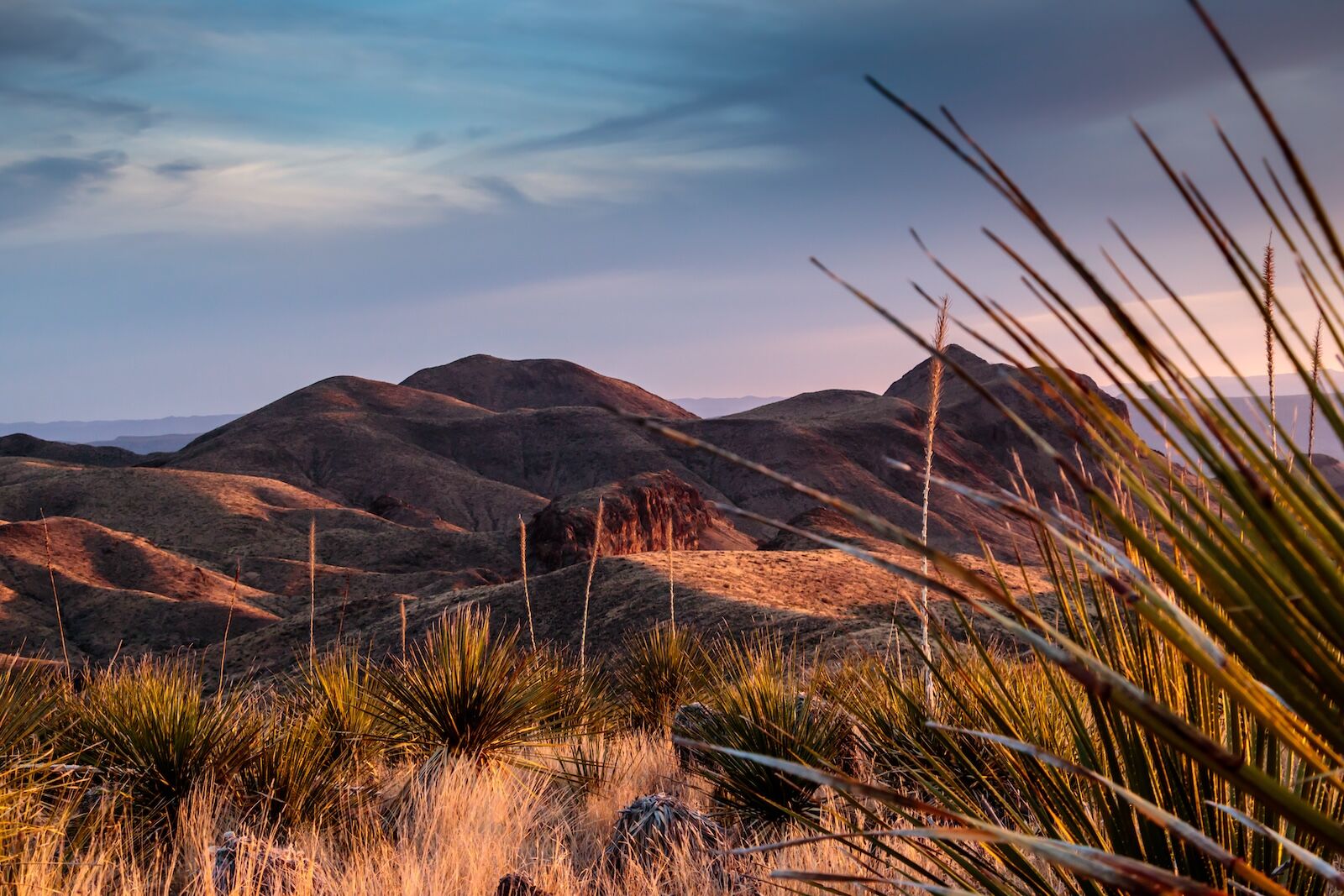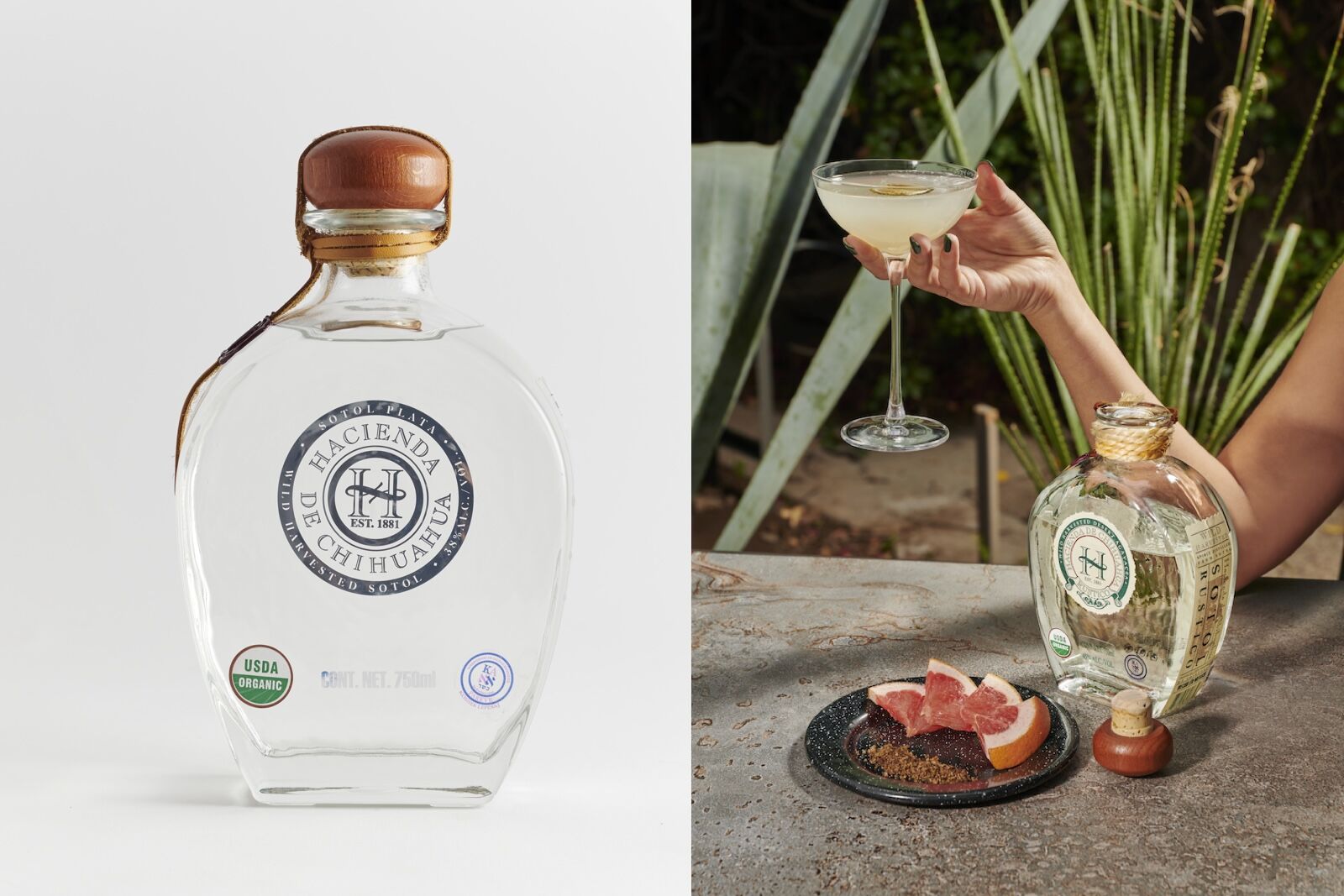The menu of Mexican spirits is long at Mano Santa Mezcal in Mexico City. It’s the type of bar that fans of Mexico’s distilled beverages immediately fall for: a wide breadth of options, deep cuts that can’t be found anywhere else, and a staff more than willing to point the way. It’s also one of the rare places that I make repeat stops to on my regular travels to the country — most recently to see a friend living in Mexico for two months. I was the designated spirits guide on a summer night out, and after a quick look at the list of options, I chose to start with a drink he (and many other Americans) are still unfamiliar with: sotol.


If You Enjoy Tequila and Mezcal on Your Trips to Mexico, You Need to Get Familiar With Sotol
Mexico is the origin of some of the most popular liquors in the United States. There’s tequila, of course, as well as mezcal, which has broken into mainstream bar menus across the country and elsewhere in the world. Sotol is still largely off the radar of most drinkers stateside. Yet the popularity of agave spirits — tequila and mezcal combined were the second most popular liquors by value in the United States in 2022, according to the Distilled Spirits Council — has opened the door for other beverages from the country to gain wider recognition. One of the largest liquor conglomerates in the world even believes sotol could be “the next mezcal” in a few years (though it has a long way to go, as production is a small fraction of that of mezcal).
Unlike tequila and mezcal, however, sotol is not an agave spirit.
What is sotol?

Photo: CampSmoke/Shutterstock
Sotol is made using varieties of the Dasylirion plant. It grows in in the mountains and high desert between 3,000 and 6,000 feet elevation. Commonly, the plant is called the desert spoon or simply the sotol plant.
While it was once believed to be a type of agave, it’s actually a separate related species.
Sotol has similarities with tequila, mezcal, and other agave spirits. The production, for example, follows a similar process of harvesting the plant and cutting off the outer leaves, and then roasting the heart of the plant to release the sugars before fermentation and then distillation. Like with certain types of mezcal, where the plant is grown also heavily impacts the flavor (most tequila and mass-produced mezcal, on the other hand, have a less aggressive flavor profile that’s more standardized). Sotol producers called sotoleros work in distilleries called vinatas, which can have a similar construction and layout to what the mezcaleros are familiar with from making mezcal in palenques.
Certain types of mezcal only use wild agaves, just as sotol is made from wild Dasylirion. Wild sotol harvesting licenses limit gathering to 30 percent of the plants in a given area. It can take 15 years for a plant to mature to proper harvesting size, though the sotol plant can grow back from the roots if cut correctly, unlike with agaves. To avoid the ups and downs in agave supply seen in tequila and feared to soon happen with mezcal, sustainable harvesting methods and replanting initiatives are needed for sotol is to reach a similar level of popularity. Otherwise, any explosive growth in sales of the resulting spirit could put unmanageable strain on the availability of the Dasylirion plant.

Photo: Daniela Martinez Ch/Shutterstock
Also like mezcal, sotol once had a reputation as a type of Mexican moonshine because it was typically produced in small batches in rural areas. It was a popular moonshine in the American Southwest during Prohibition, too. According to PUNCH, Chihuahua produced 300,000 liters of sotol a year in the early 1930s. The fact that making sotol was illegal in Mexico for decades until the 1990s reinforces the moonshine connection.
Modern drinkers often crave that feeling of authenticity, however, and small batch, traditional, and rural production are all selling points in today’s market. Mass-market and celebrity-backed spirits still make up a large portion of sales for Mexico’s spirits, but purists touting the death of tradition through wider appeal are often the loudest voices in the room.
The controversy around what counts as true sotol

Photo: B Norris/Shutterstock
In what is now the Southwestern states of the US and in northern Mexico, beverages made from the Dasylirion plant family have a long history dating back thousands of years. A fermented beverage from the plant was historically made for spiritual reasons wherever it grew wild, from the Ancestral Pueblans in the deserts of the Four Corners states, to Indigenous peoples in Texas, to the Tarahumara in Chihuahua. The name sotol comes from the Náhuatl word tzotolin, which loosely translates to palm tree.
Distillation techniques changed the primary production of the fermented sotol drink just as it did for pulque made from agave. Today, after going from rural local beverage to outlawed spirit and then back to a legal regional drink, sotol is a point of pride in northern Mexico.
Sotol’s denomination of origin was established in Mexico in 2004, and that limited production to the states of Chihuahua, Durango, and Coahuila. The designation only applies to how a spirit can be labeled and branded. Other regions make distillates from the sotol plant and call it cucharilla — not too dissimilar from producers who make mezcal outside of the designated methods and regions call it destilado de agave.
Denomination of origins for tequila and mezcal were recognized in the United States in 1994 with the ratification of NAFTA. The same isn’t true for sotol, and currently distillers stateside can sell spirits made with Dasylirion plants under the sotol label.
Near the border with Texas in Marfa, controversy over that loophole has come to a head at Marfa Spirit Co. with dedicated protestors led by Sandro Canovas who believe only sotol from Mexico can be called sotol. Desert Door Distillery in Driftwood, Texas, has built the core of its brand around the company’s Desert Door Sotol. Activists argue that although sotol grows in the Southwest of the US, traditional production techniques make sotol a distinctly Mexican product.
The argument for not acknowledging sotol’s denomination of origin rests on the notion that US distillers are on one hand helping the category gain recognition. The history of the Southwest weighs in as well, as the land was once part of Mexico and certain cultural traditions live on today in some form.
Renegotiations of the NAFTA treaty in 2020 originally included recognizing sotol’s denomination along with the Mexican spirits bacanora and charanda. Texas Senator John Cornyn said the sotol recognition would hurt Texas businesses making spirits with the desert spoon and the line was struck, according to the New Yorker. Reports surfaced afterward that Desert Door had lobbied Cornyn to take out the mention of sotol.
How sotol tastes

Photo: Hacienda de Chihuahua
Mexico’s spirits are deeply tied to the country’s history and culture — especially when those beverages adhere to artisanal, longstanding production methods. Tasting these drinks is a taste of the land and the traditions of the people making them. The French concept of terroir (loosely meaning a flavor distinct to the place a food or drink was made) applies just as much to wine as to artisanal liquor, a representative for Hacienda de Chihuahua tells me over email. Hacienda de Chihuahua is a trailblazer in the sotol category as the first brand to export sotol internationally, and one of the best ways to get familiar with the spirit if you don’t have any trips to Mexico planned for anytime soon.
Different producers source Dasylirion from areas with varying soil climate conditions, and regional production techniques also leads to different flavors in the final product. There are about 20 known species of Dasylirion, though only a handful are used to make sotol, and each lends a different flavor profile. Plants from the desert can be more earthy with higher minerality, while forest-grown sotol can have more vegetal and minty notes.
Sotol typically has similar but more intense flavors than tequila, and lacks the smokiness found in some mezcals. Sotol is often unaged, letting the flavors from the plant and its terroir really shine through. Hacienda de Chihuahua also makes a barrel-aged sotol for a more mellow flavor profile with light toasted wood notes. I personal enjoy sotol neat served alongside an orange slice and some sal de gusano (worm salt). However, it mixes well into the same tequila and mezcal cocktails you know and love like margaritas and palomas.
Sotol is a must-try for fans of tequila and mezcal. There’s a short list of sotols available in the US (along with Hacienda de Chihuahua, some of the more available brands made in Mexico include Nocheluna, Sotoleros, and Oro de Coyame), though tasting sotol in it’s country of origin is the best way to understand the various shades of flavor from each microclimate the plant grows in.